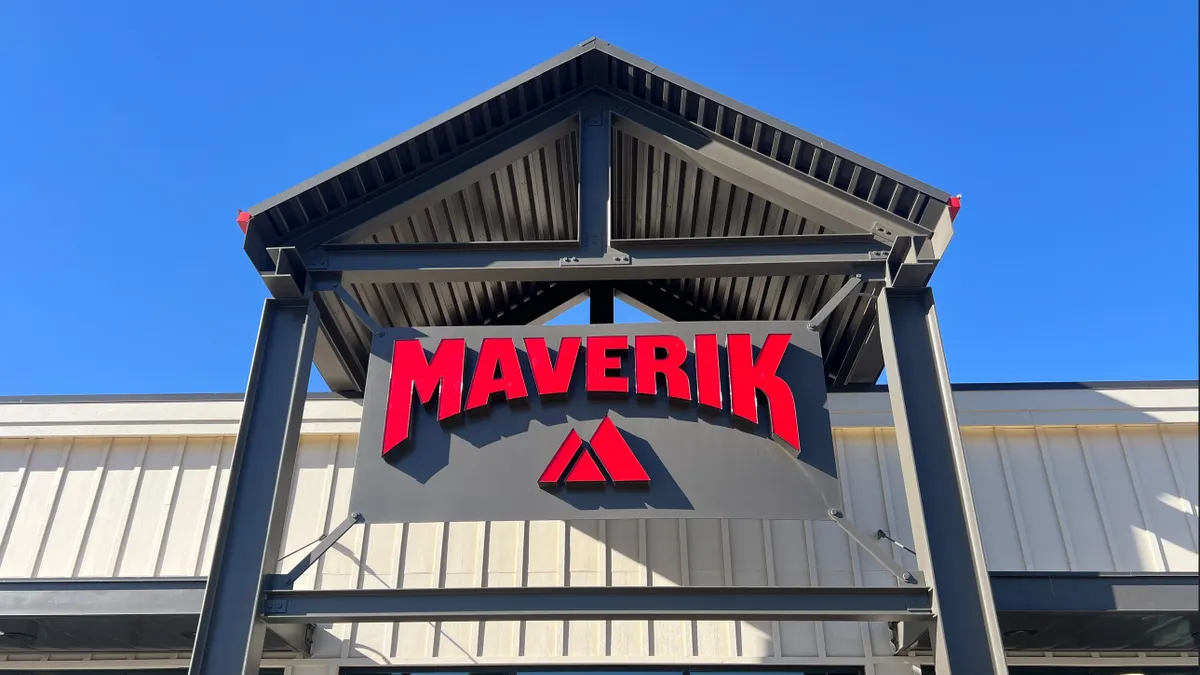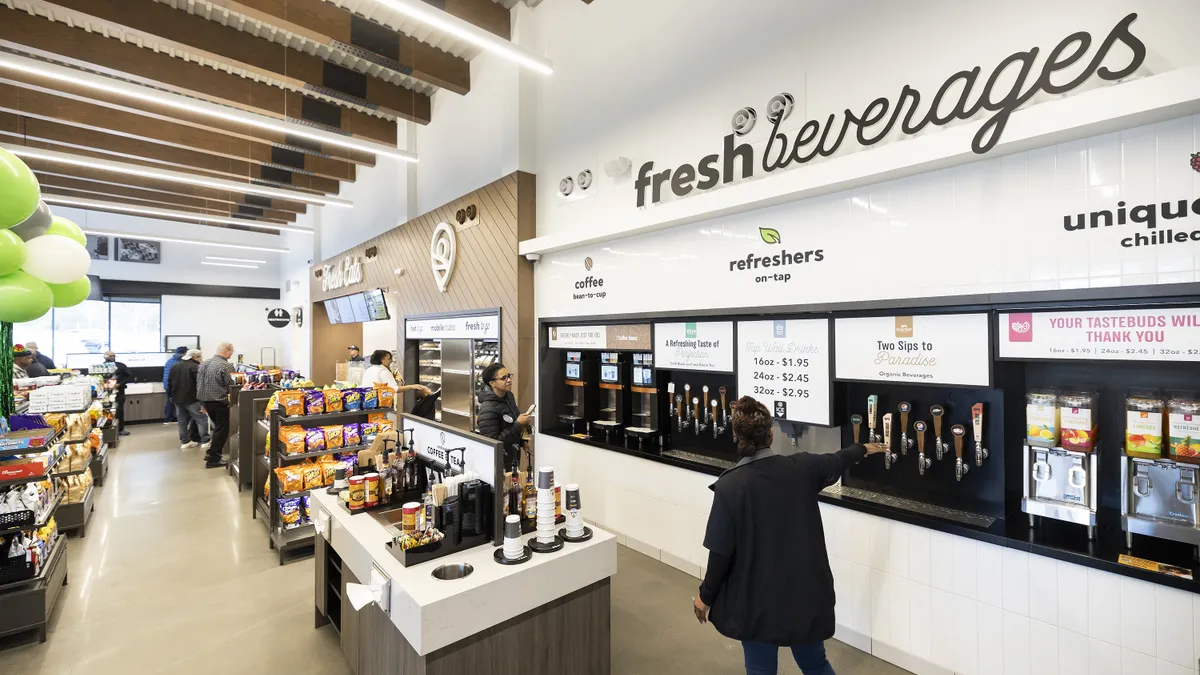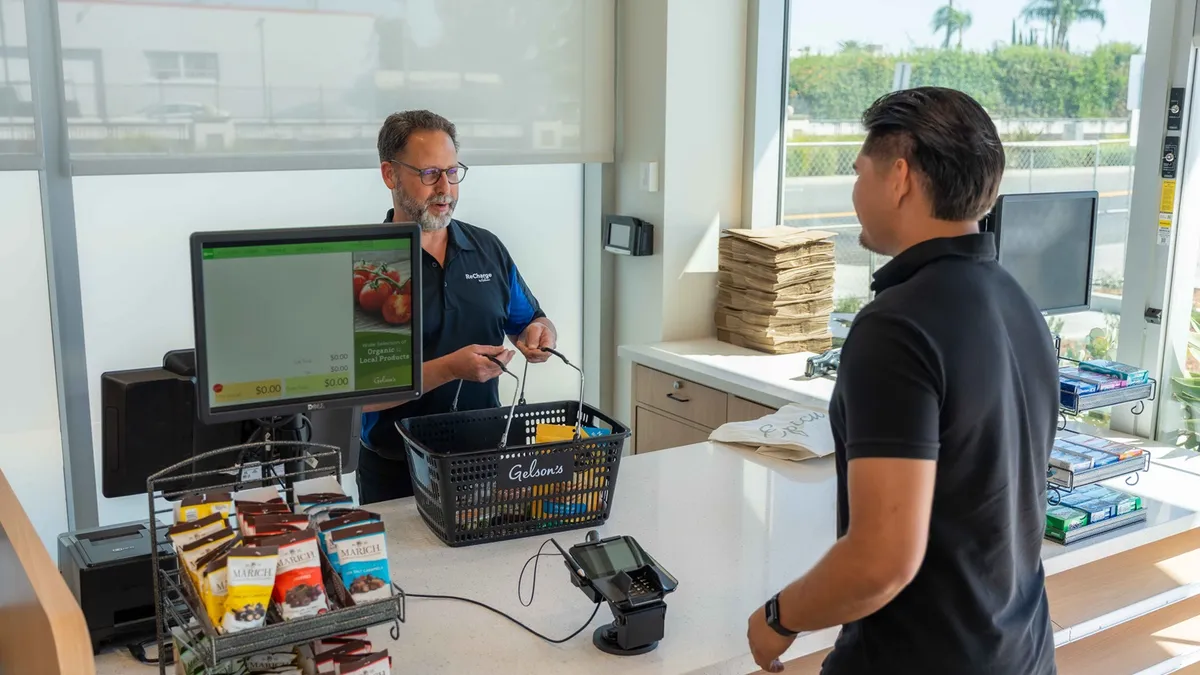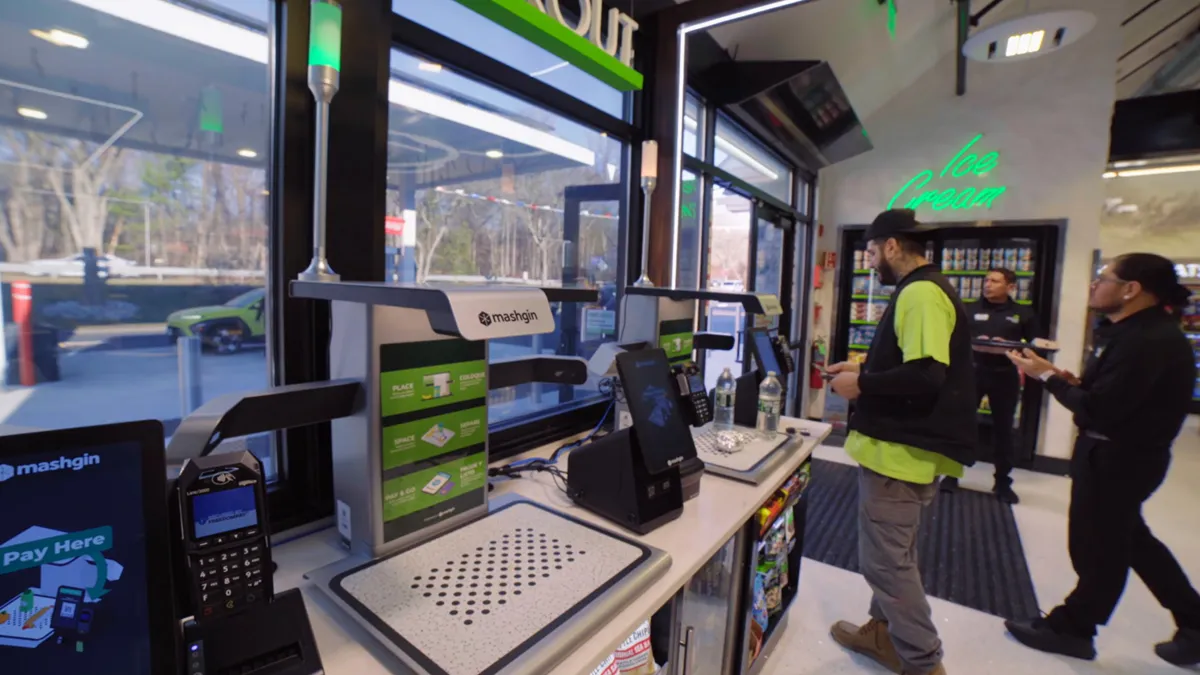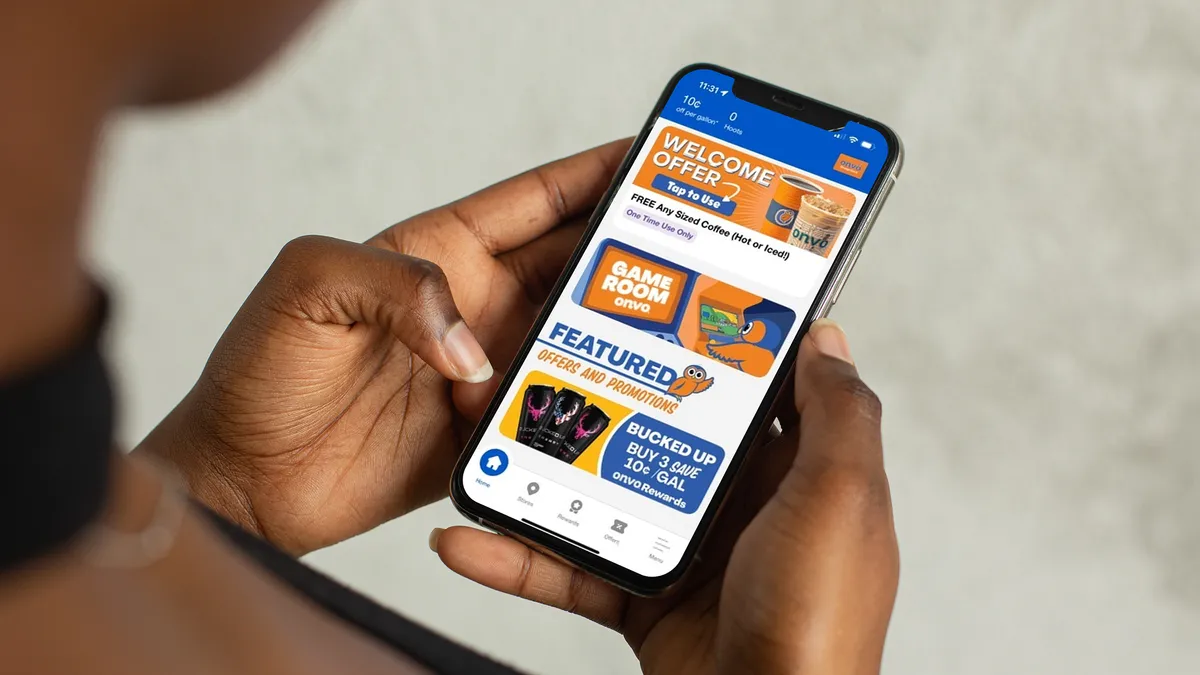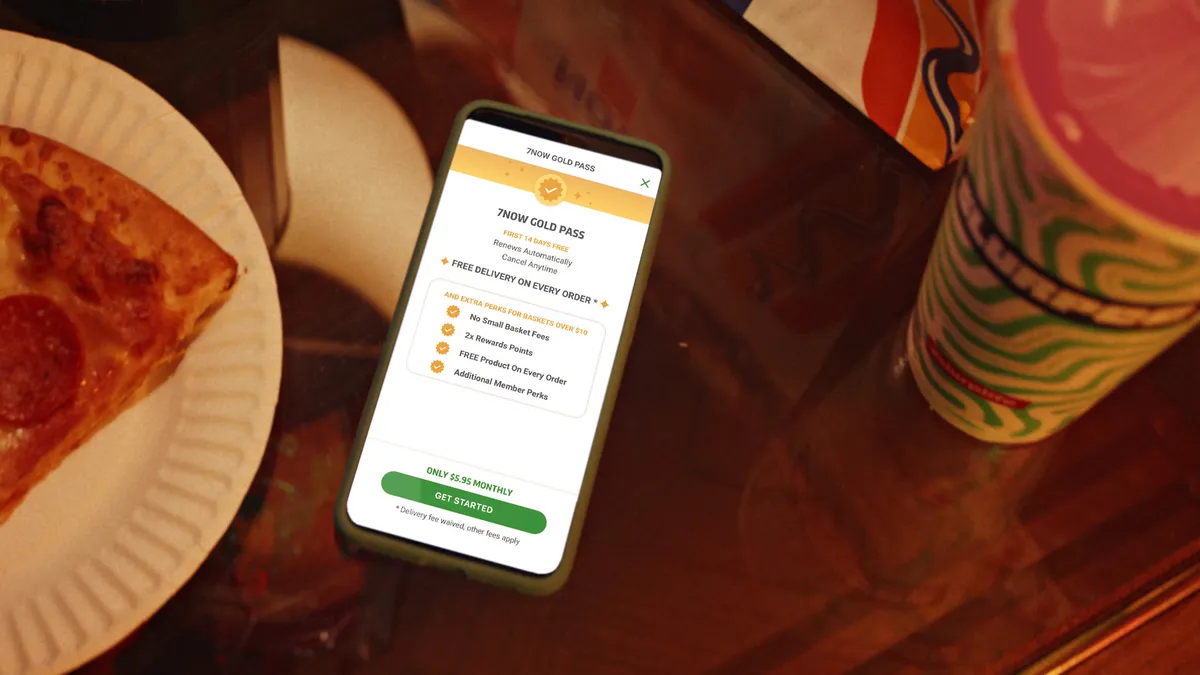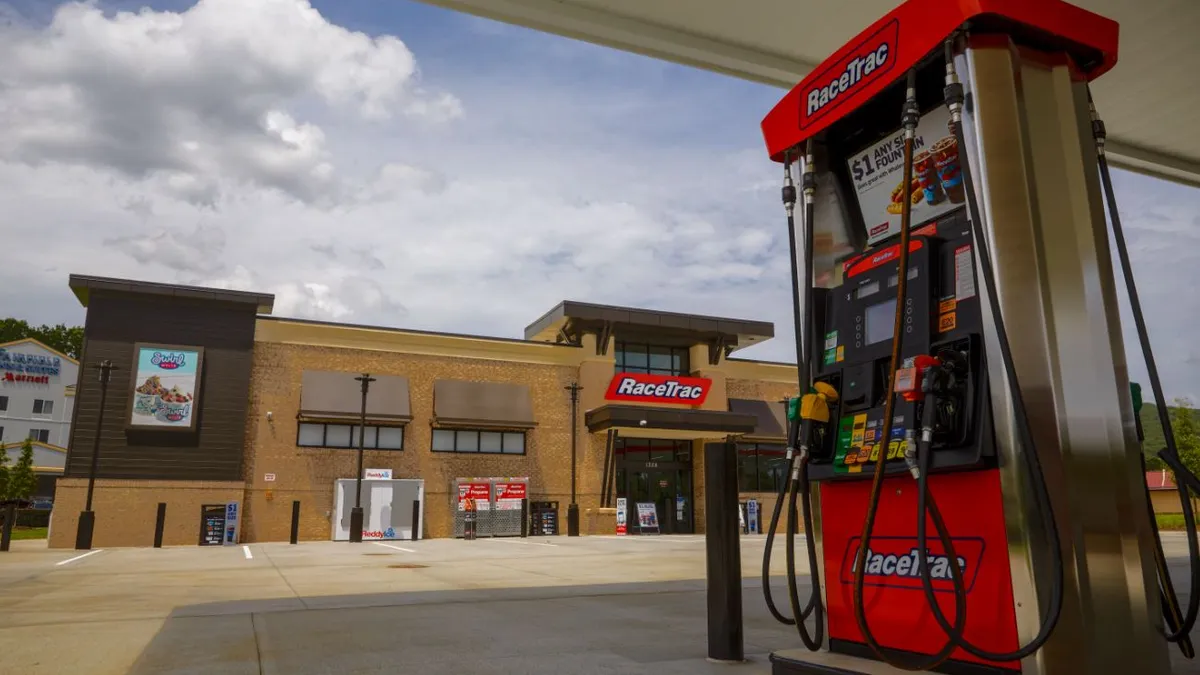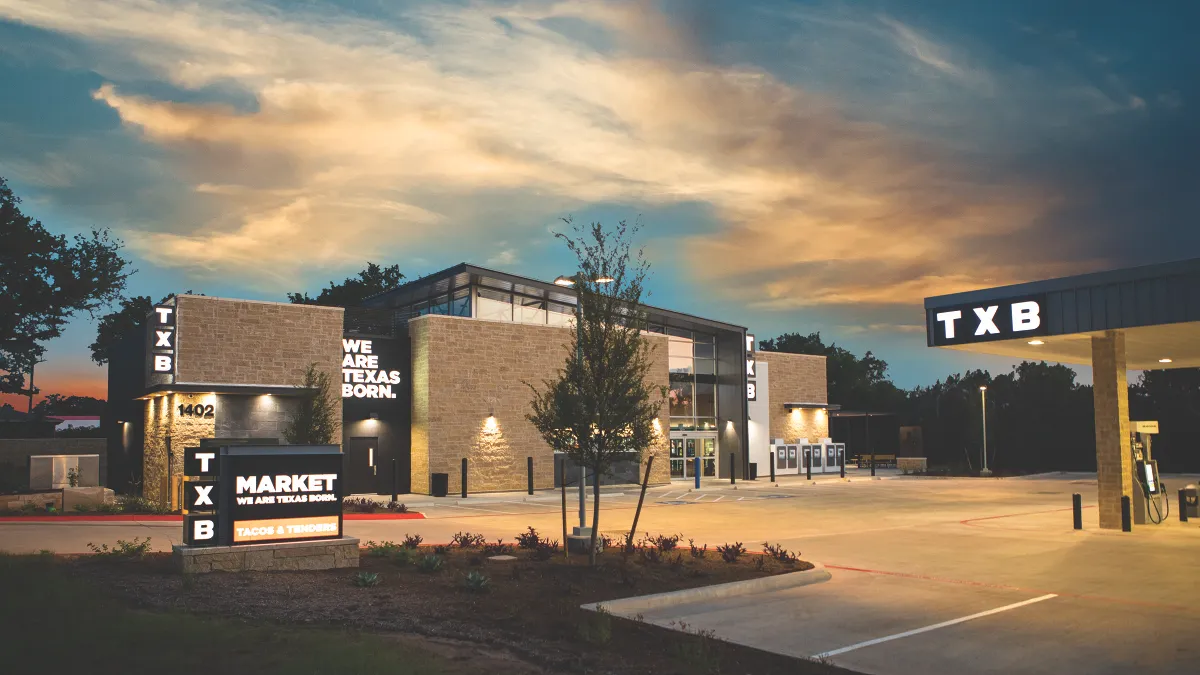Retaining customers is an endless battle, but loyalty apps can make it easier.
By signing up for loyalty programs, customers give companies permission to record some data and feed them offers and reminders. The arrangement is designed to help companies understand their customers better and hopefully keep them coming back.
“We really want to focus on building good behavior with active guests,” said Hillary Hadley, senior loyalty strategist for customer experience vendor at Paytronix, during a recent webinar. “And there are a lot of different directions that we could take when thinking about marketing to active loyalty members based on their behavior.”
Turning a visitor into a repeat customer has material impacts on the bottom line. A 5% increase in customer retention translates to a 25% boost to profits, according to data from Emarsys, an omnichannel marketing software company.
Some customers may not get engaged quickly, while others may become regulars, then eventually stop visiting again. During the webinar, “The Future of Digital Guest Engagement,” Paytronix experts shared some steps companies can take with loyalty data and outreach to keep customers engaged with their brands.
Encourage repeat visits early
Once people sign up on a company’s app, it’s vital to encourage them to return, said Aubrey Giasson, product manager for Paytronix, so “you can bring them in as a repeat customer and build desirable behavior for your brand.”
Giasson said Paytronix sends loyalty members new offers after their first, second and third visits. If a customer has visited three times, it shows that the store and customer are a good match, and increases the chances of that customer being “stickier” in that brand’s ecosystem, she noted.
“A new loyalty member will have a customer lifetime value of $94 and the likelihood of next visit is 44%,” Giasson said. “But by the time they reach their third visit, that customer lifetime value will go up quite a bit, and they’re twice as likely to visit again.”
Segment groups by behavior
After signup, a number of customers will become regulars, others will visit occasionally and some will fade from the brand entirely. Separating these groups, in addition to other types of segmentation, is important, Hadley said.
“Having these guest segments makes it really easy to focus on the right guests for any marketing initiatives,“ said Hadley.
Paytronix divides consumers into core loyalists, casual loyalty guests, those who are lapsing and those who haven’t visited enough to know much about them. This segmentation lets a company make incremental offers to their regulars while using more substantive coupons for those in danger of falling away from the brand.
For example, one of Paytronix’s clients, a sandwich shop, gave regulars a smaller add-on reward while bigger offers — such a free sandwich — went to lapsing customers. Hadley said the shop “got an increase in incremental sales of 150% and a 265% increase in incremental visits” using this kind of segmentation.
Segmentation based on visit frequency can make sure a company is not overwhelming customers with offers. “Different customers can have different visit cases even within the same brand,” said Hadley. “So some visit weekly while others may only visit once or twice a month.”
Weekly visitors may start to lapse if they don’t visit a store once every three weeks. Monthly visitors, however, are still well within their normal schedule.
Solicit and use feedback
While many loyalty apps, especially in delivery, ask for customer feedback on services, about 96% of that feedback never receives a response on the company’s end, said Giasson. Additionally, about 63% of consumers think businesses need to do a better job while listening to feedback.
Failing to respond to customer feedback can be a missed opportunity. “These surveys give you the ability to change and respond to guest feedback by reaching out to them or by making changes to your program at the store level to improve,” said Giasson.
But polite communication combined with coupons or other offers can encourage an unsatisfied customer to try the business again.
“We’ve seen that offering a coupon leads to an incremental order a third of the time, it boosts the total lifetime spend of that guest by $9 and offering this specific coupon will probably lift the next check for by $2.50 when the coupon usually only costs $2.30,” said Giasson.





